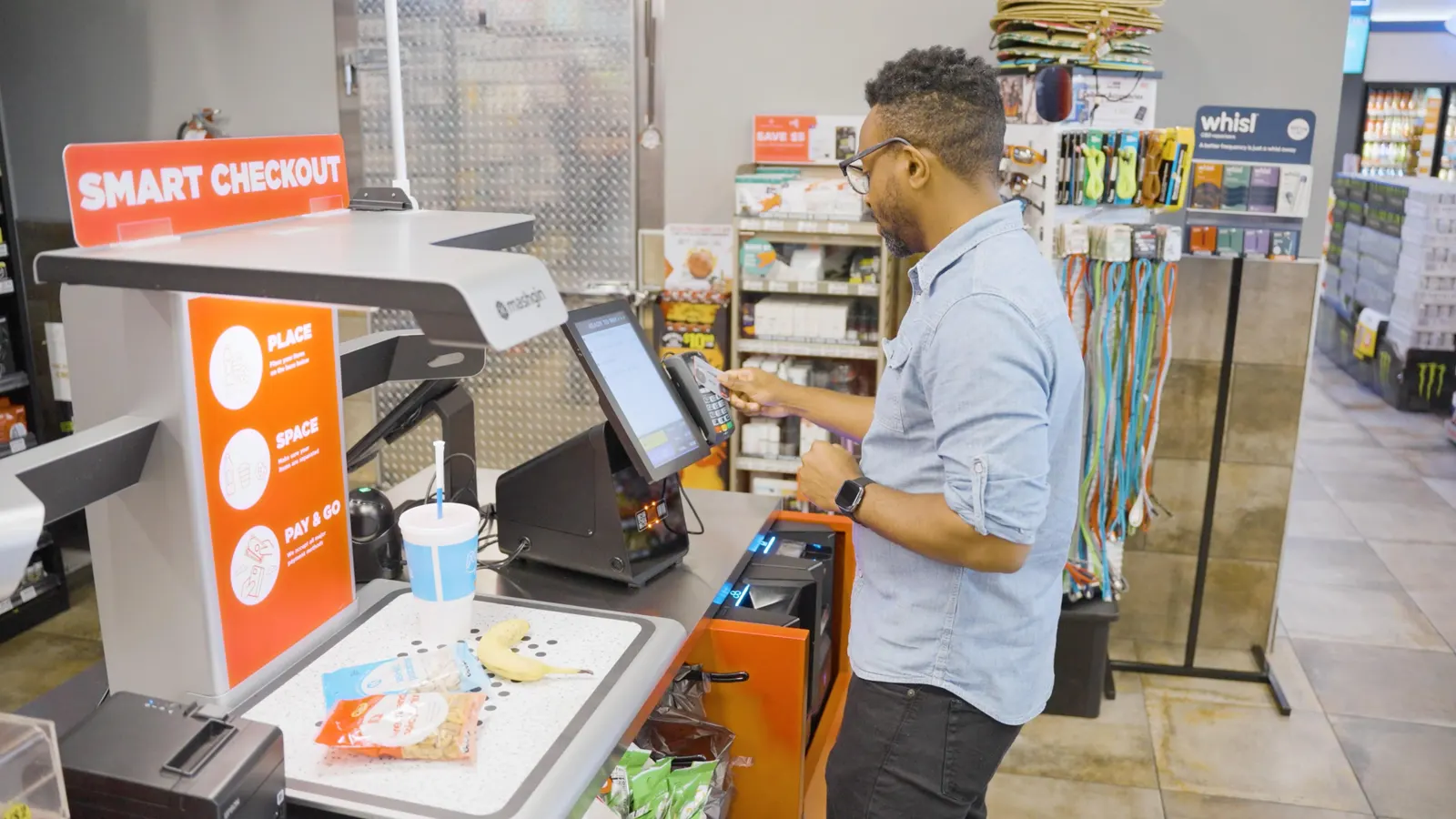The future of the retail checkout experience is being actively shaped by the powerful and deeply entrenched strategies of the leaders in the self-checkout market. A detailed analysis of these Self Checkout in Retail Market Market Leaders—a group dominated by established retail technology giants like NCR and Toshiba—reveals a sophisticated strategy built on a foundation of hardware reliability, global service scale, and deep, long-term relationships with the world's largest retailers. These leaders are not just selling machines; they are providing and managing a mission-critical component of the retail operation. Their strategies are designed to create a powerful and defensible moat based on their manufacturing scale, their global support infrastructure, and the operational complexity of replacing an entire fleet of checkout systems. The Self Checkout in Retail Market size is projected to grow USD 17.62 Billion by 2035, exhibiting a CAGR of 13.44% during the forecast period 2025-2035. To maintain their leadership positions, these companies are now focused on evolving their offerings, integrating more software and AI, and providing a more flexible and modern solution to fend off new, software-led competitors.
The cornerstone of the market leaders' strategy is their end-to-end control of the hardware and service lifecycle. A leader like NCR or Toshiba designs, manufactures, and assembles its own proprietary self-checkout kiosks. This vertical integration allows them to control the quality, reliability, and cost of their hardware, which is a key competitive advantage. Their primary go-to-market strategy is a direct, high-touch sales motion that targets the C-suite and IT leadership of the world's largest grocery, big-box, and convenience store chains. They compete for massive, multi-year contracts that involve not just the initial sale of the hardware, but also a long-term service and maintenance agreement. The most critical part of their strategy is their global service network. Having a massive, directly-employed or certified network of technicians who can install, maintain, and repair their machines in thousands of stores around the world is their single most powerful competitive advantage. For a major global retailer, this promise of reliable, on-the-ground support is a non-negotiable requirement, making it nearly impossible for a new hardware company without a similar global service footprint to compete for these major accounts.
The second key pillar of the market leaders' strategy is to evolve their offerings from being purely hardware-centric to being more software- and data-driven. They are investing heavily in developing more sophisticated software platforms that can manage their entire fleet of checkout systems, provide real-time data and analytics on system performance and customer usage, and integrate more seamlessly with the retailer's other systems, such as their loyalty programs and inventory management. They are also infusing their systems with AI and computer vision. This includes using AI to help prevent theft and fraud at the self-checkout by automatically detecting when an item is not scanned correctly. This strategy of adding a more powerful software and intelligence layer to their market-leading hardware is a direct response to the threat from new, software-first competitors. Their goal is to transform themselves from being simply a hardware provider to being a comprehensive retail technology and solutions partner for their major clients, thereby deepening their customer relationships and defending their market-leading position.
Top Trending Reports -



